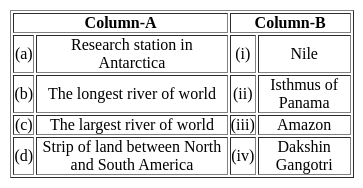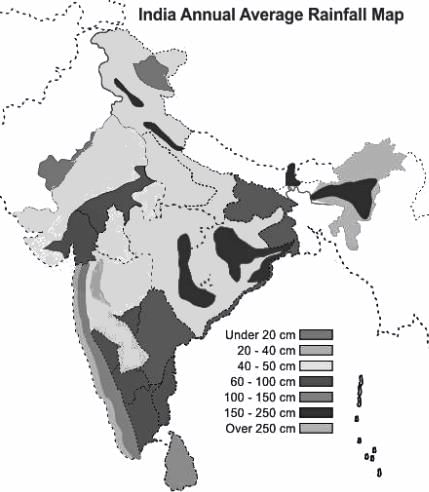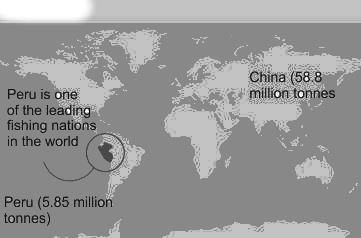MH SET Paper 2 Mock Test - 8 (Geography) - MAHA TET MCQ
30 Questions MCQ Test MH SET Mock Test Series 2025 - MH SET Paper 2 Mock Test - 8 (Geography)
Which of the following part of India receives the first monsoon in summer?
Consider the following statements about Demangeon: i. Demangeon was the pupil of Vidal de la Blache
ii. “La Picardie et les regions veisines” is his monograph
ii. He wrote L’Lomme el la Terre
iv. He was of the view that man destroyed natural flora and fauna.
Choose the correct option from below.
Which of the following is NOT a reason for a glacial lake outburst flood?
Which among the following is / are common features of the drainage pattern of Ganges river system?
- Parallel Courses of rivers
- Tributaries meeting their master streams at acute angles
- Most rivers are of perennial nature
- Lower reaches of rivers with steep gradient suitable for hydropower generation
Choose the correct option from the codes given below:
a) Culture has no precise standard of measurement.
b) Brock and Webb has divided the world into 5 major and 3 minor cultural realms.
c) According to H. Robinson, the European cultural region is the most favourable continent.
d) Cultural regions and areas both are the same.
Which of the following options are correct?
Who manufactures the largest quantity of jute goods in the world?
Given below are two statements:
Statement I: Cultural trait is the smallest unit of culture and single identifiable material or non-material element within a culture.
Statement II: A cultural realm is a geographical region where cultural traits maintain homogeneity.
In the light of the above statements, choose the correct answer from the options given below:
Match the following columns.

Choose the correct option:
Which of the following statements(s) concerning natural regions of the world is/are correct?
1) Equatorial climatic regions have less urbanization
2) Mediterranean climatic regions have a high level of urbanization
3) Equatorial climatic regions have a high concentration of human population
4) Mediterranean climatic regions practice plantation farming
Select the correct answer using the code given below:
When molten rock comes out the surface of earth, it is known as –
The Himalayas are generally divided into three ranges which do not include ________
|
60 tests
|
















